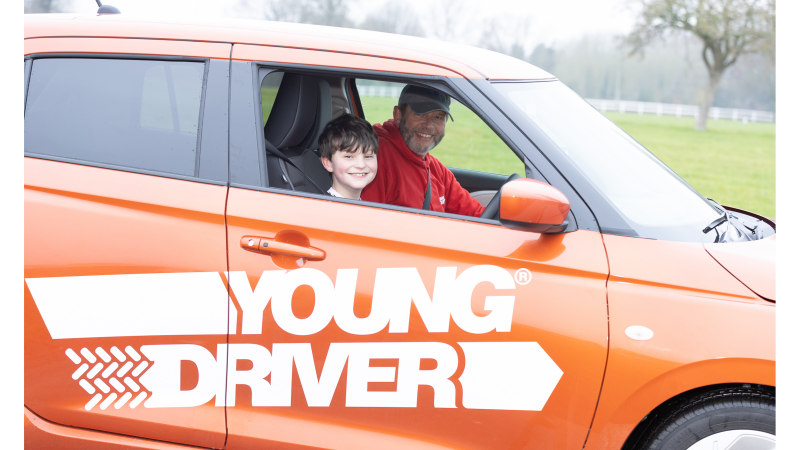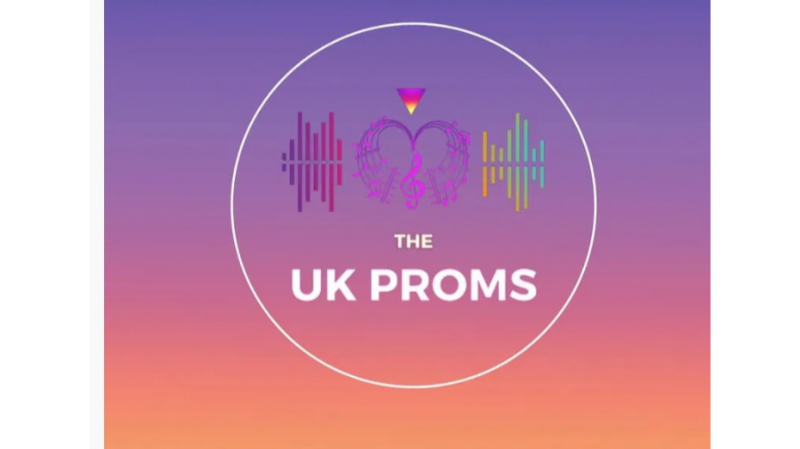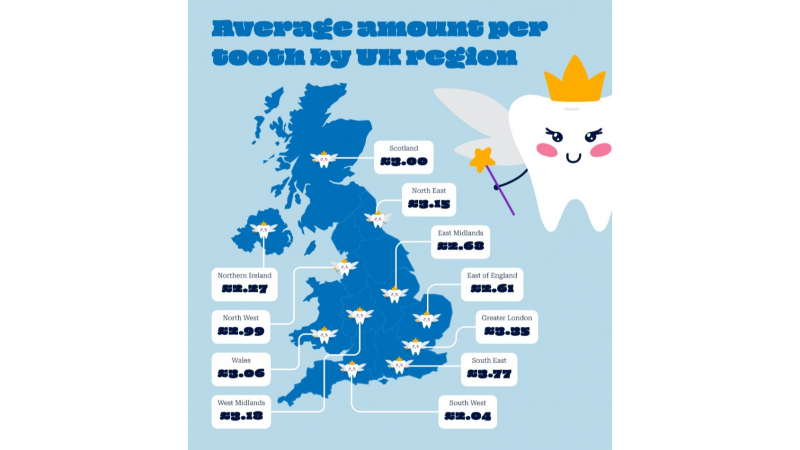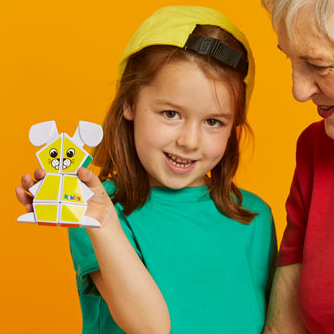New Research-backed Paper Warns that Diagnosis Delay and Symptom Disbelief is Putting Neurodivergent Children and Young People at Greater Risk

A new commentary on research explores the strong link between neurodivergent (here identified as Autistic, ADHD, Dyspraxic/DCD and Tourette’s syndromes) children and young people (CYP) with joint hypermobility and pain as a co-occurring physical health challenge. The topical review emphasises that physical challenges frequently get overlooked compared to the mental, emotional, and sensory issues faced by neurodivergent CYP. This makes neurodivergent CYP vulnerable to unnecessary suffering and important diagnoses being delayed or missed.
Lack of diagnoses and absence of the required medical help for CYP is resulting in ongoing physical health problems including but not limited to – joint pain, gastrointestinal/stomach pains, dizziness, bowel bladder issues, heart palpitations, anxiety, and extreme fatigue and tiredness. The study co-authored by Bethany Donaghy, Dr. David Moore, and Jane Green MBE, highlights three key challenges for the children and young people in schools:
Symptom disbelief and lack of understanding: is a common issue as medical practitioners are not trained to trace the symptoms or conditions within neurodivergent populations. As a result, children and adults are often disbelieved and this leads to further delays in diagnosis or support in education and care. This can lead to lifelong trauma for neurodivergent CYP.
Communication issues: including differences in interoception, meaning one’s inner sense, can be varied among neurodivergent CYP, and typically, it requires a lot of staff training to spot the symptoms of health conditions. This means the people are often misunderstood, have no other choice but to learn to ‘mask’ their pain, and do not receive help or support for these physical health problems that occur with neurodivergence more than the general neurotypical population.
Educational impacts: abound for neurodivergent CYP because of continuing physical health challenges due to which they end up having poorer attendance and attainment in mainstream schools as well as poorer social life with their friends/peers. This affects their mental health and wellbeing as well. Due to the mistrust or misdiagnosis in their symptoms, CYP often struggle to even get a sick note for the school from their medical practitioner due to symptomatic hypermobility being relatively unknown by medical practitioners.
The authors recommend that “all” voices of CYP should be taken into consideration for all decisions made by educational institutions and health professionals. Increasing support for attendance and attainment, updating the school environment to help manage and understand pain, providing symptomatic hypermobility training to staff, upgrading diagnostic and treatment pathways through dual-screening for hypermobility with neurodivergence, building trust with pupils, enabling support for parents/carers and looking into the need for further funded research, are some of the ways to improve the situation.

“Within my wider research, I speak to neurodivergent children and parents regularly and unfortunately the concerns we present here are far too common. It is unfair that the neurodivergent population continue to experience such negative outcomes with their physical health experiences. We must do more as a society to address this inequality and support neurodivergent CYP now rather than continuing to do so later
“The lack of knowledge about pain in neurodivergent populations is concerning as pain may be the first or only sign of illness or injury, and these individuals may be both at greater risk of injury as well as requiring complex care for ongoing pain. It is clear that more work is needed prevent unnecessary suffering.”
“Having gone through the personal experience of not being believed for 54 years of my life, I myself present an acute observation to the challenge of symptom-disbelief faced by our society. I didn't mask being neurodivergent, but I learnt to mask the pain associated to being symptomatic hypermobile. The paper validates that younger generation, in addition to the older generation, continue to be mistrusted about their dual condition of hypermobility and neurodivergence. Comprehensive staff training and screening for people who work in education, health and care will help us provide the opportunity, especially to the CYP, to have much healthier and fulfilled life in education, employment and social mobility.”
Added: Tue May 23 9:58 2023 (2 years ago)
Read: 1k



























